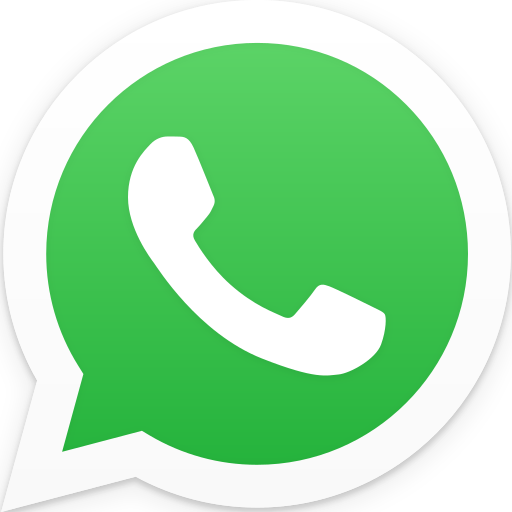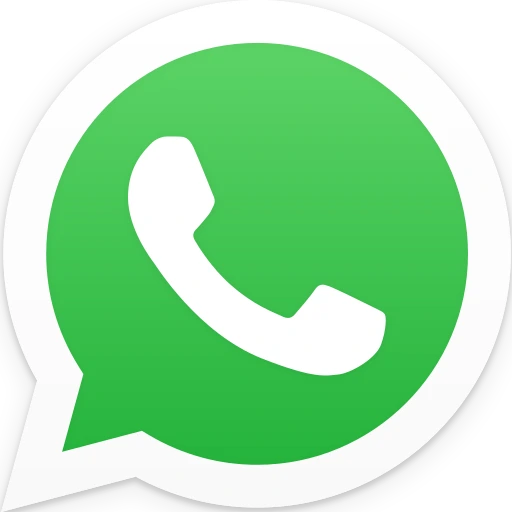Frequently Asked Questions
Frequently
Asked
Questions
Yes, we have both Design & Development as 2 quite different, detailed, and distinct Solutions in our portfolio. If you need us to design as well as develop your product, we have skilled and experienced designers and developers who work collaboratively. Based on your requirement, we create a scope that suits your needs and both our teams' efforts.
We noticed teams often struggle to start. These services break design down into clear, focused offerings - easy to pick, fast to activate, and tied to real business outcomes.
A workshop gets everyone in the same room, aligned on users instead of opinions. It’s a roadway to clarity, helping your team agree on priorities and move forward faster.
Numbers tell you what’s happening. Interviews tell you why. Direct conversations with users uncover blind spots and reveal motivations you can’t see in analytics.
A prototype lets you validate ideas quickly before committing to development. It saves time, reduces risk, and ensures you’re not investing in the wrong direction.
A UX audit uncovers where customers are struggling - and where you may be losing business. It’s like a health check for your product.
It’s the most direct way to see how real users interact with your product- what flows smoothly and what frustrates them.
It keeps everything consistent as you scale. Instead of reinventing the wheel each time, teams work faster and more efficiently.
We don't just make things look pretty, we use design to solve business problems. Better experiences bring happier customers, and happier customers grow your business.
Think about your current challenge. Need clarity? Start with a Design Thinking Workshop. Unsure about users? Try User Interviews or Usability Testing. Already scaling? A Design System or an UX Audit might fit best.
Yes. Every workshop is designed around your business context—your users, your challenges, your goals. There’s no “one-size-fits-all” template here.
When you know what frustrates users, you can fix it. Happier customers stick around longer, convert faster, and become advocates for your product.
Absolutely. Whether it’s a service flow, an app, or even a physical product experience, prototypes make ideas tangible.
Every friction point is a chance for drop-off. Fixing those points directly boosts conversions, retention, and satisfaction.
The payoff is fewer support calls, happier customers, and higher retention. Every friction removed is a win for both users and revenue.
Usability testing usually pays for itself quickly. Even a single round can uncover confusing steps, hidden drop-offs, or small design flaws that are quietly costing you customers. Fixing those issues early saves far more time and money than the test itself.
Reusable components cut down development time and reduce design rework. That means quicker releases and less spend.
Absolutely. A smooth journey keeps people coming back, while smart design nudges them to click, buy, or subscribe without friction.
Yes. Many teams start with one (say, a prototype) and then add others as their product matures. Each service stands alone but also connects smoothly to the next.
We start with research-driven discussions to uncover user behavior and business goals, then move into strategy mapping journeys, prioritizing pain points, and exploring ideas together. By the end, you’ll have a clear direction on where design can make the most impact.
We don’t drown you in transcripts. We synthesize key themes and deliver clear, actionable recommendations tied back to your goals.
Yes, and it often works better than slides. Investors and stakeholders get to see, touch, and experience your concept instead of imagining it.
We review flows, navigation, content clarity, accessibility, and overall usability. It’s a 360° look at your product’s experience.
Both. Whether you’re pre-launch or already in market, testing gives you clarity.
Both. Startups benefit from speed and focus, while enterprises gain order and consistency across large teams.
We go beyond just screens. From product flows to brand voice, we make sure every touchpoint feels connected.
Every service is designed to reduce guesswork, save costs, and create user experiences that directly support growth, whether that’s conversions, retention, or scale.
Most workshops take a day. If your product is more complex or multi-layered, we stretch it into two.
We go beyond surface-level questions. We dig into how users behave, what frustrates them, and what they expect from products like yours.
We flex. Sometimes it’s rough wireframes for early exploration, other times it’s polished clickable mockups for testing or pitching.
We walk through your product the way a user would- testing real tasks, reviewing common design best practices, and comparing with competitors. This helps spot what’s smooth and where people might get stuck.
We ask real users to complete tasks in your product- things like signing up, making a purchase, or navigating a feature- while we observe closely. Every pause, stumble, or moment of confusion becomes a clue that tells us where the design needs to work harder.
We can build one from scratch or we can extend what you already have and bring it up to scale.
We listen first, design later. The insights from research directly shape sketches, wireframes, and final designs.
Your inputs are key. We run the process, but the best outcomes come when your team actively shares context, feedback, and priorities along the way.
The outcome isn’t a pile of sticky notes. It’s a clear plan - what to build, what to pause, and where to focus effort so you’re not burning resources on the wrong things.
Patterns usually emerge around 12–15 interviews, but we calibrate based on your product and user base.
Always. Iteration is built into the process - the first version is rarely
the last.
If you’d like us to, yes. We can either partner with your team or take the lead on improvements.
Definitely. Remote testing often mirrors how people actually use products in real life - on their own devices, in their own environment. It’s convenient, faster to run, and often more revealing than a controlled lab setup.
No, it takes care of the basics so designers can spend energy on bigger, more strategic challenges.
We've teamed up with both household names and hungry startups. The scale changes, but the design thinking stays sharp.
By keeping things structured and transparent. Clear sprints, quick feedback loops, and zero over-complication.




